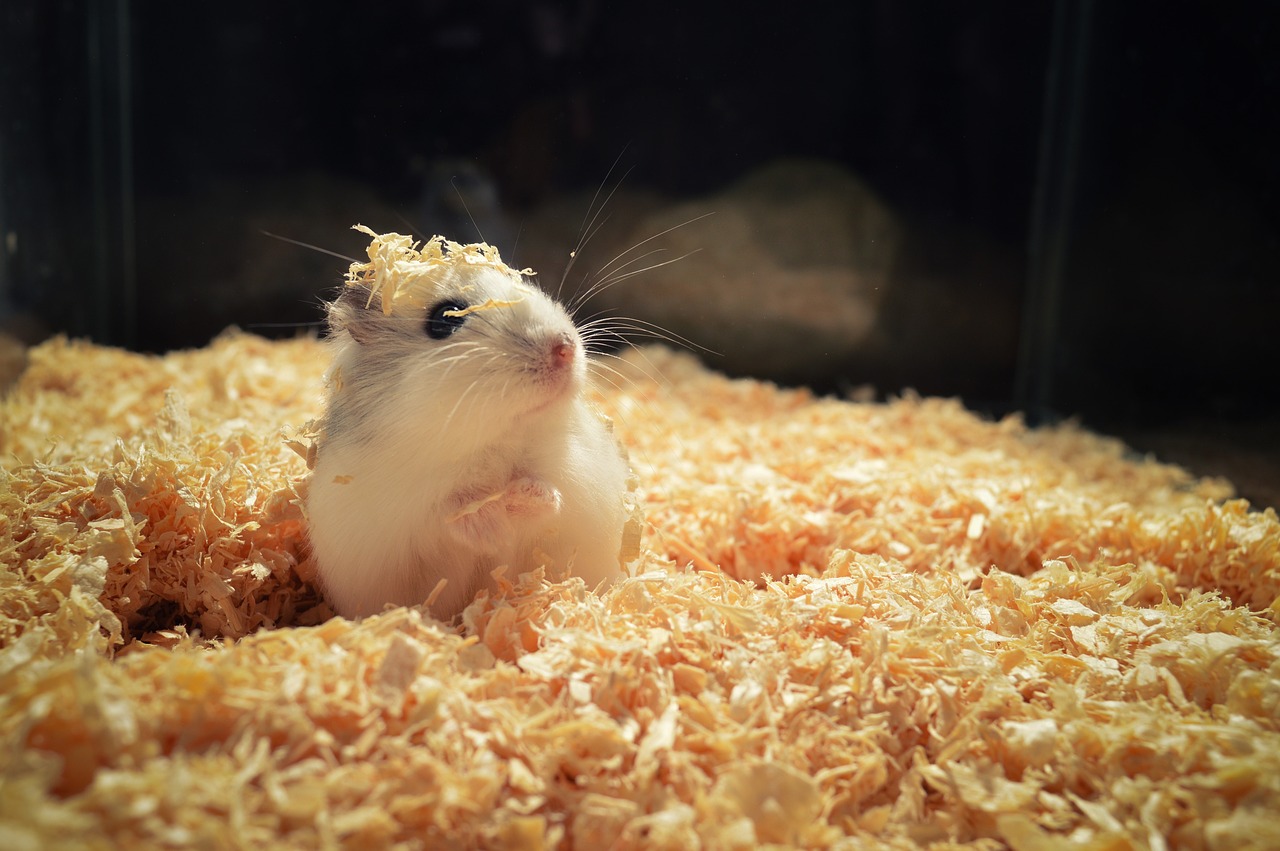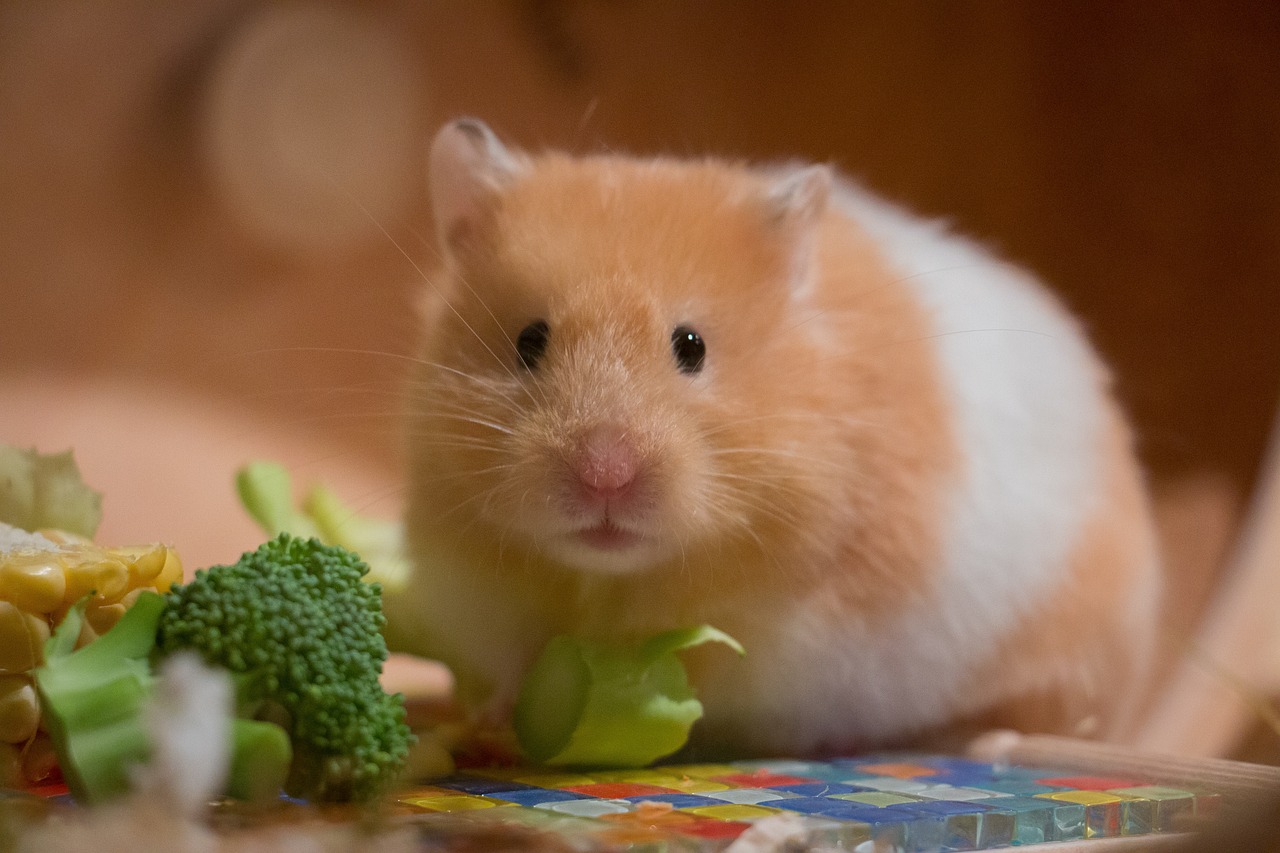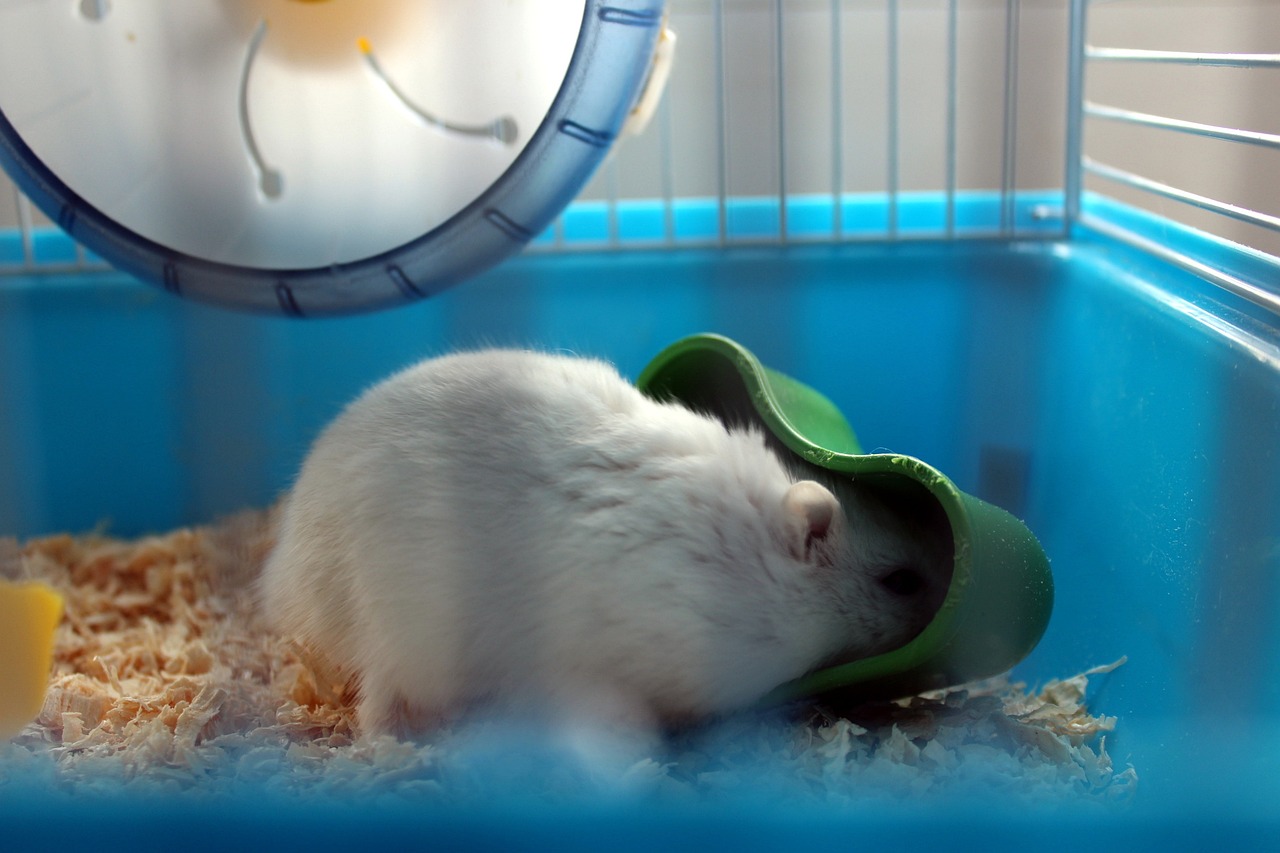The Top 4 Popular Hamster Breeds

Introduction
The Endearing World of Hamsters as Pets
Hamsters have long been cherished as adorable and manageable pets, especially appealing for their small size and minimal care requirements compared to larger pets. They offer a great introduction to pet ownership for people of all ages, providing a unique blend of companionship and relative ease of care. This popularity is reflected in the diversity of hamster breeds available, each with distinct characteristics and care needs.
Purpose of This Guide
This article aims to introduce the top four hamster breeds, exploring their unique traits and care requirements. Whether you’re a first-time pet owner or looking to add a new hamster to your family, understanding the differences between these breeds can help you make an informed decision about which might be the best fit for your home and lifestyle.
Chapter 1: Understanding Hamster Basics
Basic Characteristics
- Nocturnal Behavior: Hamsters are primarily active during the night, which means they spend most of the day sleeping. This nocturnal routine needs to be considered, as active nighttime behavior can be disruptive if the cage is in a bedroom.
- Lifespan: Generally, hamsters live for about 2-3 years, making them a shorter-term commitment compared to other pets.
- Typical Diet: Their diet mainly consists of pellets, seeds, fresh fruits, and vegetables. It’s important to balance these elements properly to ensure health and avoid obesity.
Benefits of Owning a Hamster
- Emotional Benefits: Hamsters can provide significant emotional comfort. The routine of daily care and the bond that develops can greatly contribute to an owner’s mental well-being.
- Physical Benefits: Taking care of a hamster involves a mild level of activity that can encourage more sedentary individuals to be more active. Cleaning cages, arranging habitats, and interactive play can increase physical activity slightly.
- Educational Benefits: Especially for children, caring for a hamster can teach responsibility, compassion, and the basics of animal biology and care.
This introduction and first chapter set the stage for deeper dives into specific hamster breeds, providing foundational knowledge that will help potential owners understand what to expect from these delightful creatures.
Chapter 2: The Syrian Hamster
Physical Characteristics
- Size: Syrian hamsters are among the larger breeds, typically measuring 5 to 7 inches in length when fully grown.
- Color Variants: They are available in a variety of colors, including golden, cream, white, and shades of grey and brown.
- Coat Types: Syrian hamsters can have short or long coats, with the long-haired variety often referred to as “teddy bear” hamsters.
Personality Traits
- Solitary Nature: Syrian hamsters are known for their need to live alone; housing more than one in a single cage often leads to severe aggression and fighting.
- Behavior: They are generally friendly and less skittish than smaller breeds, making them easier to handle and tame.
Care Requirements
- Cage Size: They require a larger cage to accommodate their size and energy, with a minimum of 450 square inches of floor space recommended.
- Exercise Needs: A wheel (at least 8 inches in diameter) is essential for their daily exercise.
- Dietary Preferences: A balanced diet of hamster pellets supplemented with fresh fruits, vegetables, and occasional treats.
Ideal Owner
- Suitable for families with older children or singles who can dedicate time to interact with their pet daily. Their friendly nature and ease of handling make them excellent first pets for those new to keeping hamsters.
Chapter 3: The Dwarf Campbell Russian Hamster
Physical Characteristics
- Size: Smaller than the Syrian, measuring about 3 to 4 inches in length.
- Color Patterns: Commonly found in grayish colors with a distinctive dark dorsal stripe.
Personality Traits
- Social Nature: More social than Syrian hamsters, they can live with others of the same species if introduced at a young age and of the same gender to avoid breeding.
- Temperament: Generally active and curious, they enjoy interaction within their kind which can provide additional enrichment.
Care Requirements
- Diet and Habitat: Similar to Syrians but on a smaller scale, with careful monitoring to prevent obesity due to their smaller size.
- Cohabitation: Requires a setup that accommodates multiple hiding spots and ample space to prevent territorial disputes.
Ideal Owner
- Best for those looking for a more interactive pet experience and who are able to manage the complexities of keeping multiple hamsters together harmoniously.
Chapter 4: The Roborovski Dwarf Hamster
Physical Characteristics
- Size: The smallest of the popular breeds, typically 1.5 to 2 inches in length.
- Distinctive Markings: Noted for their sandy brown coats with white bellies and distinctive white eyebrows.
Personality Traits
- Activity Level: Extremely active and energetic, making them entertaining to watch but difficult to handle.
- Temperament: They are less likely to be tamed than larger breeds, often remaining skittish and elusive.
Care Requirements
- Spacious Cage: Due to their high energy levels, a larger than typical cage for dwarf hamsters is recommended to allow room for running and exploration.
- Special Considerations: Their small size necessitates secure, narrow-barred cages to prevent escape.
Ideal Owner
- Best suited for experienced hamster owners or those who prefer to observe their pets rather than needing direct interaction, given their high activity and lower tamability.
These detailed descriptions of each hamster breed provide potential owners with a clear understanding of what to expect from each and help in making an informed decision on which breed to choose based on their personal circumstances and preferences.
Chapter 5: The Chinese Hamster
Physical Characteristics
- Body and Tail: Chinese hamsters are distinctive for their longer bodies and tails compared to other dwarf hamster species, resembling a mouse more than typical hamsters.
- Coloration: They commonly exhibit a dark brown back with a black stripe down the spine and a lighter belly.
Personality Traits
- Temperament: Known for being shy and reserved, Chinese hamsters can take time to warm up to human interaction but are gentle once accustomed to handling.
- Activity Level: They are agile and enjoy climbing, which can provide entertaining watching.
Care Requirements
- Cage Requirements: Due to their climbing prowess, a secure cage with vertical space and climbing structures is ideal. Bar spacing should be narrow to prevent escapes.
- Diet: Like other hamsters, their diet should consist of a balanced mix of pellets, seeds, fresh fruits, and vegetables, with occasional protein-rich treats.
Ideal Owner
- Patience and Engagement: Best suited for owners who enjoy the challenge of taming a more timid creature and who have the patience to gradually build trust.
- Observation vs. Interaction: They are perfect for owners who appreciate observing natural behaviors as much as direct interaction, given their active climbing and exploring habits.
Chapter 6: Choosing the Right Hamster for You
Factors to Consider
- Lifestyle Compatibility: Evaluate how much time you can dedicate daily to your hamster. Consider if you prefer a pet that requires more interactive play or one that is more independent.
- Space Requirements: Assess the amount of space you can allocate for the hamster’s habitat. Larger breeds and those that are more active will require more room.
- Companionship vs. Observation: Decide if you are looking for a hamster that you can handle frequently or one you prefer to watch.
Comparison Table
A table summarizing the main features such as size, temperament, care needs, and ideal owner characteristics will help readers visually compare each breed’s qualities side-by-side.
Conclusion
Importance of the Right Choice
- Recap the significance of choosing a hamster breed that aligns well with the owner’s lifestyle and care capacity. The right match enhances the experience for both the hamster and the owner.
Encouragement for In-Person Interaction
- Advise potential owners to visit local breeders or pet stores to interact with different breeds. Personal interaction can provide invaluable insights into a hamster’s personality and health, aiding in making a well-informed decision.
This structured guide serves as a comprehensive resource for potential hamster owners to understand the unique aspects of popular hamster breeds and to choose the right pet that best fits their life.


